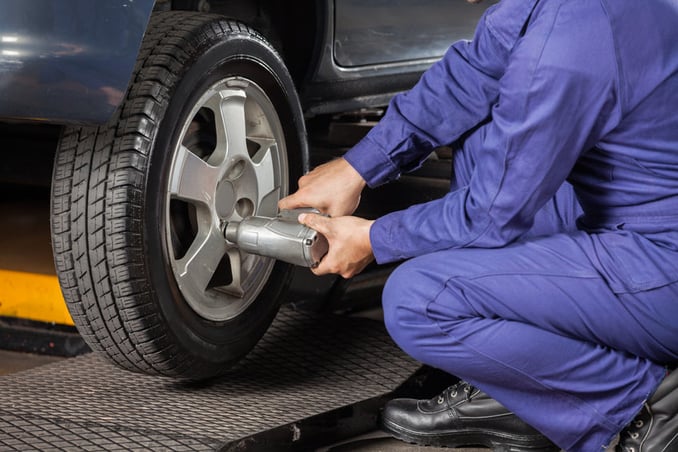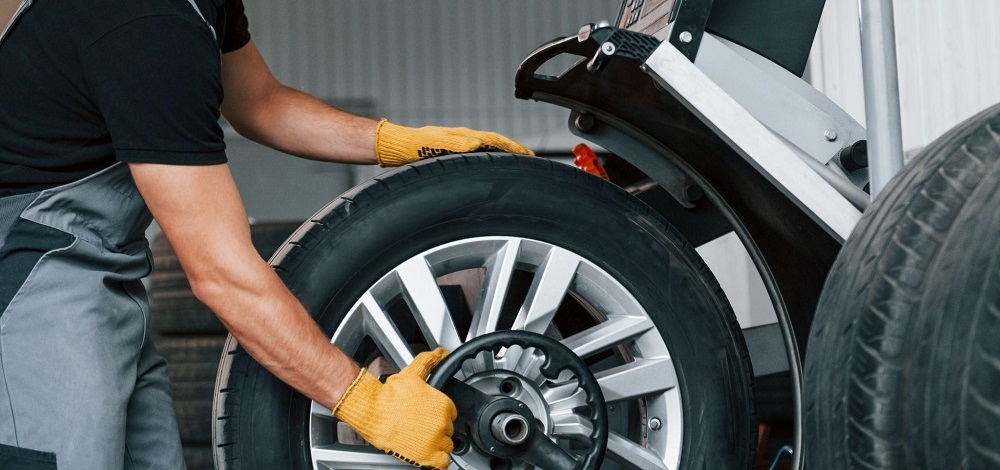Morris Tires: Your Destination for GMC Tires Service Excellence
Wiki Article
Tire Service: The Effect of Weather Problems
When it concerns making certain optimal performance and safety when traveling, understanding the effect of weather on tire service is vital. From scorching warm to icy roads, each weather condition aspect can dramatically affect tire capability and overall driving experience. By delving into the effects of varying climate problems on tires, vehicle drivers can obtain valuable insights that may improve their lorry's performance and long life. In this conversation, we will explore the complex connection in between climate condition and tire service, clarifying the importance of weather-specific tire maintenance methods and factors to consider.Warm and Tire Performance
When exposed to high temperature levels, tires experience modifications in efficiency that can substantially influence vehicle safety and security and handling. The warm produced from prolonged driving or hot weather condition problems triggers the tire rubber to soften, leading to minimized walk life and raised wear.
Winter Impacts
Cold weather condition conditions can have a substantial effect on tire efficiency and security. In cold weather, tires might also lose air pressure extra quickly, which can affect dealing with and fuel efficiency.To alleviate the effects of chilly climate on tires, it is crucial to on a regular basis examine tire pressure and inflate them to the supplier's suggested levels. Using winter months or all-season tires developed for winter problems can likewise boost grip and grip on icy or snowy roads. Appropriate tire maintenance, consisting of regular assessments for wear and damages, ends up being even a lot more crucial throughout chillier months to guarantee optimum performance and security.
Rainy Issues Impact
Tires with worn-out treads are more prone to hydroplaning, where a layer of water constructs up in between the tire and the road surface area, leading to loss of grip. To combat this, drivers must routinely inspect their tires for sufficient tread deepness and consider spending in tires specifically made for damp conditions.Additionally, wet weather condition can additionally decrease visibility, making it challenging for drivers to see the road in advance clearly (GMC Tire Service). In such problems, it is vital to adjust driving speeds accordingly and preserve a secure following range to permit abrupt quits. Correctly filled with air tires can additionally aid in maintaining control on damp roadways by giving much better handling and hold
Snow and Tire Safety And Security
Snow-covered roadways position unique challenges for motorists, emphasizing the significance of proper tire option and upkeep. When driving in snowy conditions, having the ideal tires can make a considerable distinction in safety and performance. Winter tires are made with special rubber compounds and walk patterns to provide much better traction on snow and ice compared to all-season tires. The deeper treads and sipes of winter months tires help grip the road better, lowering the danger of moving and slipping.
It is important to adhere to maker guidelines when setting up and using tire chains to prevent damage to the tires and vehicle. By selecting the best tires, maintaining correct rising cost of living, and thinking about extra traction help like tire chains, motorists can improve their safety when navigating snow-covered roadways.
Weather-Related Tire Upkeep
When confronted with different weather, appropriate tire maintenance becomes a vital aspect of vehicle security and performance. Weather-related tire upkeep encompasses a variety of methods intended at ensuring ideal tire feature and longevity in different climate situations. One vital aspect of weather-related tire maintenance is tire pressure law. Rising and fall temperatures can trigger tire pressure to vary, influencing grip and gas effectiveness. Routinely examining and changing tire pressure according to producer referrals is crucial for secure driving in changing weather problems. Additionally, tire step deepness plays a significant function in dealing with various weather condition aspects. Tires with ample walk depth supply much better grip on damp or icy roadways, reducing the danger of hydroplaning or skidding. When walk wear reaches a certain depth is vital for maintaining traction and security in negative weather condition, inspecting tire step regularly and replacing tires. By focusing on weather-related tire upkeep, drivers important source can boost safety and security, improve lorry efficiency, and lengthen the life-span of their tires.
Final Thought
Get More Information To conclude, weather have a considerable impact on tire efficiency and safety. From warm affecting tire pressure and wear to winter lowering grip, it is necessary to think about the climate when maintaining and making use of tires. Stormy conditions can lower grasp and lead to hydroplaning, while snow can raise the danger of crashes if tires are not appropriately geared up. Weather-related tire upkeep is essential in guaranteeing ideal efficiency and safety and security on the roadways.In this conversation, we will discover the intricate connection between weather condition problems and tire service, dropping light on the significance of weather-specific tire maintenance techniques and considerations.

Report this wiki page